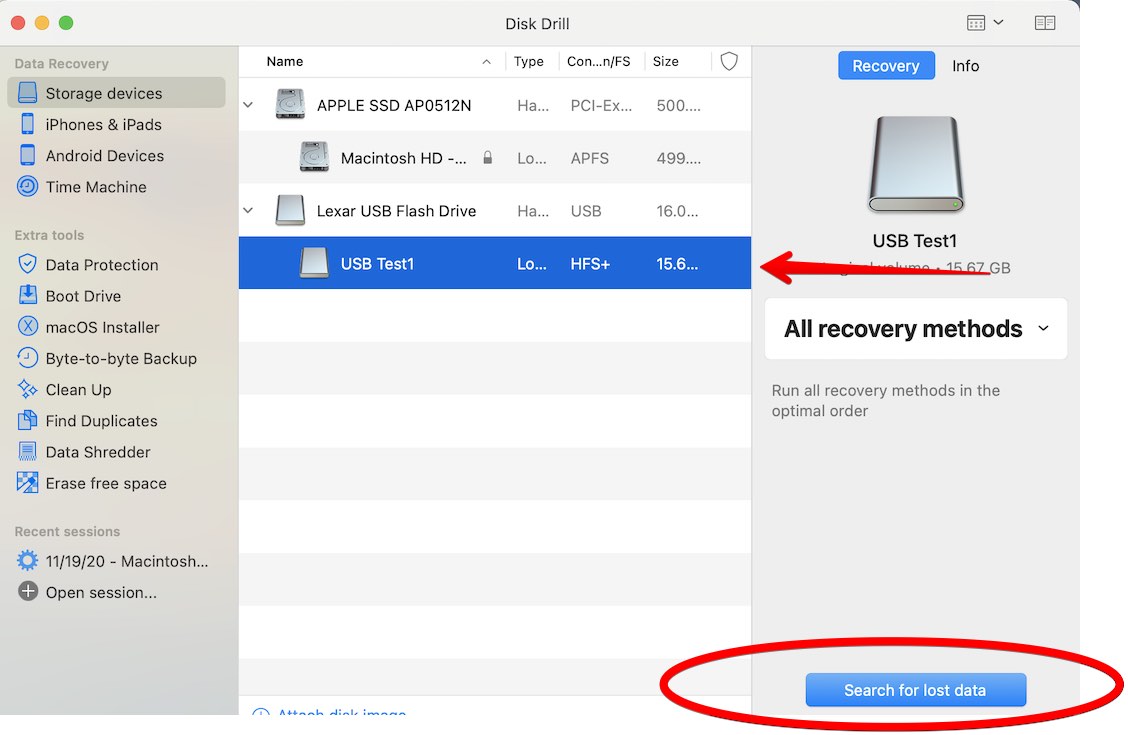- Corruptedubers- The Factory Mac Os X
- Corruptedubers- The Factory Mac Os 11
- Corruptedubers- The Factory Mac Os Download
Hi I am in the same situation as most of the people above. I bought an iMac 2nd hand and the previous owner had installed Windows 10 as the operating system. I wanted to reset it and install OS X so I thought it was a good idea to format the drive so I can do a clean install. If you are resetting your Macbook to factory settings, all applications (except for the ones that came with the Mac) will be erased, including your MS Office (Word). However, if you have the original disk, or product key card for online download, or it is linked to your Microsoft account, you can reinstall it once you factory reset your Macbook. Erasing your Mac permanently deletes its files. If you want to restore your Mac to factory settings, such as to prepare it for a new owner, first learn what to do before you sell, give away, or trade in your Mac. Then erase your Mac as the final step. Use Disk Utility to erase your Mac. Plug the bootable installer into a Mac that is connected to the internet and compatible with the version of macOS you're installing. Press and hold the Option (Alt) ⌥ key immediately after turning on or restarting your Mac. Release the Option key when you see a dark screen showing your bootable volumes.

These steps apply only to Mac computers with an Intel processor. The steps to erase a Mac with Apple silicon are different.
Corruptedubers- The Factory Mac Os X
Before erasing your Mac
- Make a backup of any files that you want to keep. Erasing your Mac permanently deletes its files.
- If you want to restore your Mac to factory settings, such as to prepare it for a new owner, first learn what to do before you sell, give away, or trade in your Mac. Then erase your Mac as the final step.
Use Disk Utility to erase your Mac
- Start up from macOS Recovery: Turn on your Mac, then immediately press and hold these two keys until you see an Apple logo or other image: Command (⌘) and R.
- If asked, select a user you know the password for, then enter their administrator password.
- From the utilities window, select Disk Utility and click Continue.
- Select Macintosh HD in the sidebar of Disk Utility. Don't see Macintosh HD?
- Click the Erase button in the toolbar, then enter the requested details:
- Name: Macintosh HD
- Format: APFS or Mac OS Extended (Journaled), as recommended by Disk Utility
- Click Erase Volume Group. If you don't see this button, click Erase instead.
- If asked, enter your Apple ID. Forgot your Apple ID?
- After the erase is done, select any other internal volumes in the sidebar, then click the delete volume (–) button in the toolbar to delete that volume.
Disregard any internal volume named Macintosh HD or Macintosh HD - Data, as well as any volumes in the External and Disk Images sections of the sidebar. - Quit Disk Utility to return to the utilities window.
- If you want to start up again from the disk you erased, select Reinstall macOS in the utilities window, then click Continue and follow the onscreen instructions to reinstall macOS.
If you don’t see Macintosh HD in Disk Utility
Your built-in startup disk should be the first item listed in the Disk Utility sidebar. It's named Macintosh HD, unless you changed its name. If you don't see it there, choose Apple menu > Shut Down, then unplug all nonessential devices from your Mac and try again.
If your disk still doesn't appear in Disk Utility, or Disk Utility reports that the erase process failed, your Mac might need service. If you need help, please contact Apple Support.
Learn more
Corruptedubers- The Factory Mac Os 11

Corruptedubers- The Factory Mac Os Download
For more information about using Disk Utility, see the Disk Utility User Guide.
⇒ ⇒ GnomeBall Mac OS